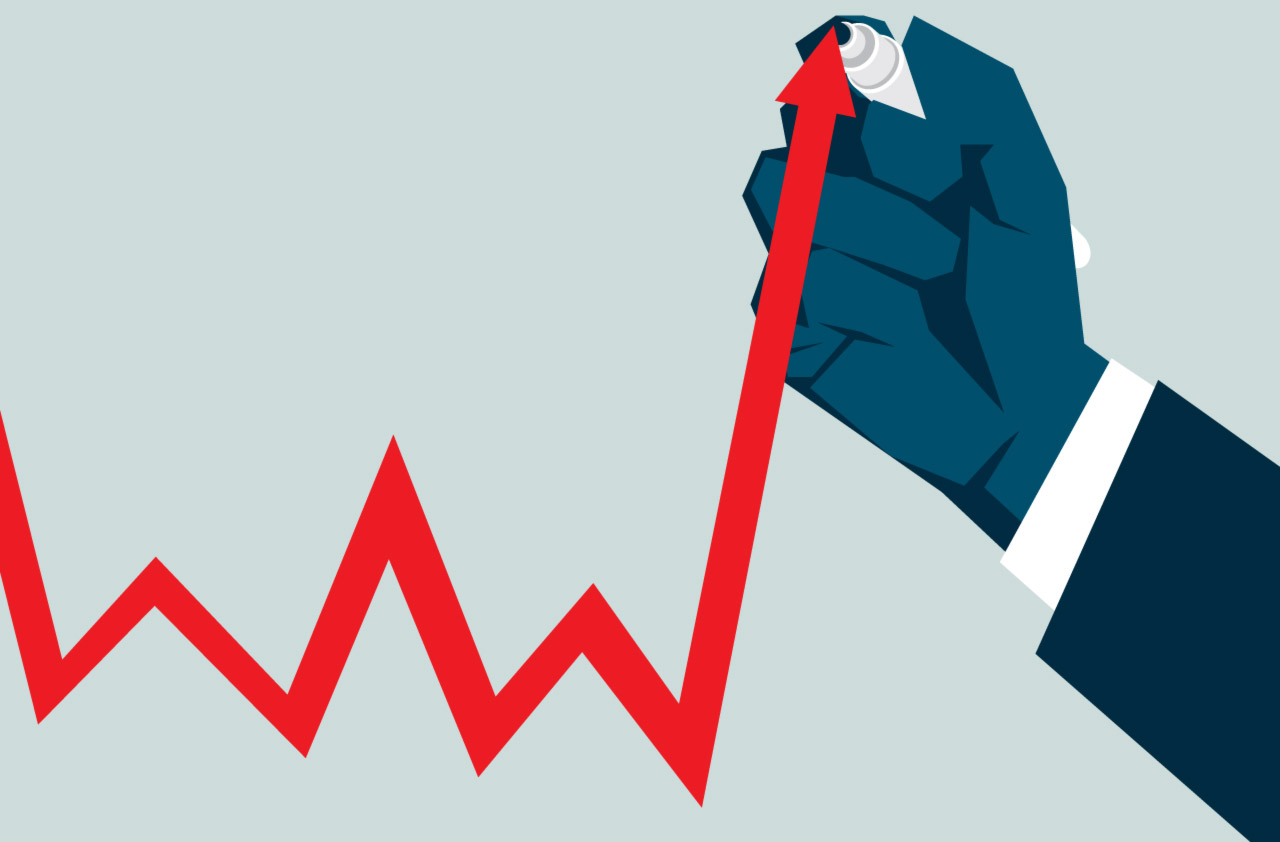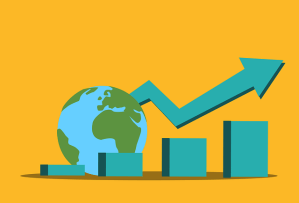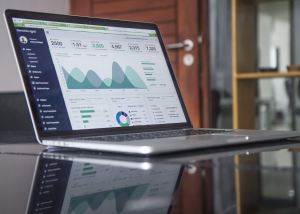If you have ever held on to money for an extended period of time, you may have noticed the money is worth less after some time. Perhaps you were saving money to buy a new phone, but its price went up by twenty dollars. Perhaps you noticed that, although your wages went up, prices increased much more dramatically. This is because of inflation.
The Basics
Inflation is a sustained increase in the price level for goods and services over a relatively long period of time. The target inflation rate for the economy is 2-3%. If the price level only increases for a short period of time, that is not inflation, as inflation occurs over an extended period of time. An example of inflation, as shown by this calculator from CNN, is how $2000 in 1957 would be equivalent to $16,634 now.
You may have heard of Venezuela, the South American country, known for its political upheaval. Venezuela is currently dealing with the effects of hyperinflation, which is unrestrained, uncontrolled inflation. The economic situation is spiraling out of control. According to the IMF, “Venezuela’s hyperinflation is poised to reach an annualized rate of 1 million percent by year’s end.” To put the sheer magnitude of that inflation rate in perspective, locals sell artwork made up of thousands of Bolivar notes because they are essentially worthless. In the United States, the government and the Federal Reserve are responsible for preventing hyperinflation through fiscal and monetary policy.
Tracking Inflation
Inflation is tracked through the Consumer Price Index (CPI). The CPI tracks the changes in the cost of living over time. The CPI is a major index and is the one used by the government. Since the CPI calculates inflation, the government can use it to determine the economic policies needed to prevent inflation. Inflation is also tracked through the GDP Deflator, which is used to deflate the GDP to base year prices, indicating real output.
Each year, the inflation rate is an important factor for the government and other agencies tasked with protecting the economy, particularly economic advisors in the White House and the Federal Reserve. Inflation can often dictate whether or not the economy is overheating, and if necessary fiscal or monetary policy actions must be taken.
Effects on Borrowers and Lenders
Let’s say you take out a loan on a fixed interest rate. You expect the inflation to be 3%, but it actually is 5%. If you are the borrower that means that the amount of money you have to return is worth less, so it benefits you. However, if you are the lender, the amount of money you get back is worth less than the original amount so it is detrimental towards you. Similarly, if the expected inflation rate was at 3% but the inflation turns out to be 1%, the borrower would have to pay back more than he or she borrowed, benefiting the lender but not the borrower.
What truly matters is your real interest rate, which is the nominal rate adjusted for inflation. If there is more inflation than expected, the real rate decreases, and the borrower ends up owing less. If there is less inflation than expected, the real rate increases relatively, and the borrower ends up owing more. The lender receives a high real value in payment than before.
Effects on Savings
Inflation commonly affects people’s savings. Suppose you decide to save $100 and put it in a cupboard in your house and inflation is 2%. A year later you would need $102 to buy the same amount of goods $100 would buy the year before. As a result, individuals should invest their savings so that their purchasing power will not decrease. Many investments will rise with inflated prices. There is an opportunity cost to not putting your money to work.
Protecting Against Inflation
Inflation especially affects retired people, as they will not be receiving additional income anymore. You can protect your money by investing your money in Treasury Inflation-Protected Securities, stocks, or mutual funds. Although those are riskier than a savings account, you are able to get a higher return. Furthermore, consumers should know that inflation compounds when trying to calculate the inflation for the future.

In order to further protect yourself from inflation, you can invest your money into real estate. However, you should realize that you need to hold onto real estate for a couple of years to see the prices increase significantly. Furthermore, you can invest your money into real assets like gold. You should also make sure that you are protecting your savings and getting the best interest rate from savings accounts and investments. If you manage to find a good deal, your money could have a higher interest rate than inflation. This grows your money’s purchasing power over time. You want to avoid having your money depreciate.
You should also attempt to hold a job where your raises increase at a faster rate than inflation. This can be done through negotiating wages that reflect expected inflationary prospects in the future. If this is the case, then you will not succumb to inflation and you will preserve the purchasing power of your money at the same level or higher than before the inflation.
Conclusion
Inflation an important macroeconomic concept and one that needs to be understood in order to make educated consumer and financial decisions. Next time your wages go up, think about if you really got a raise. If the price level in the economy increased by 5% but your wages only went up 3%, the purchasing power of your money has decreased. Make sure to see if your real wages went up, not only your nominal wages! There are important steps that you can take to protect against inflationary pressures that can devalue your money.







